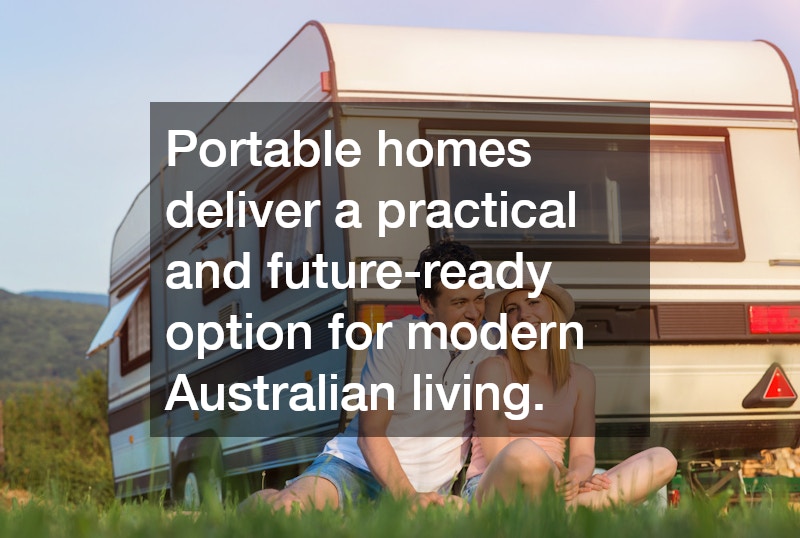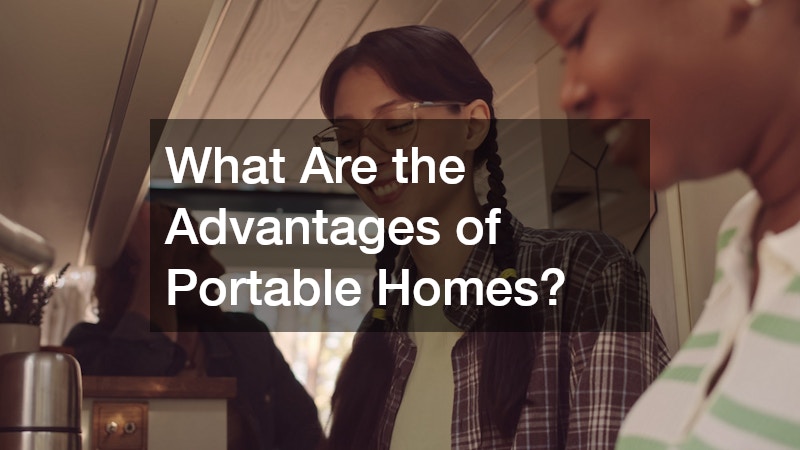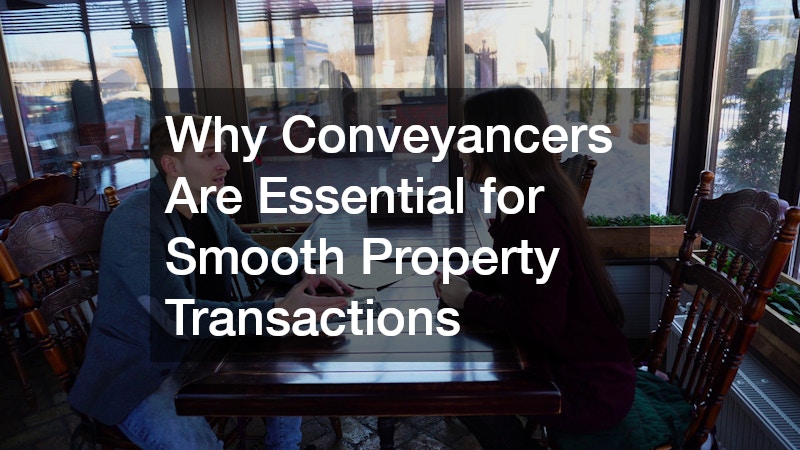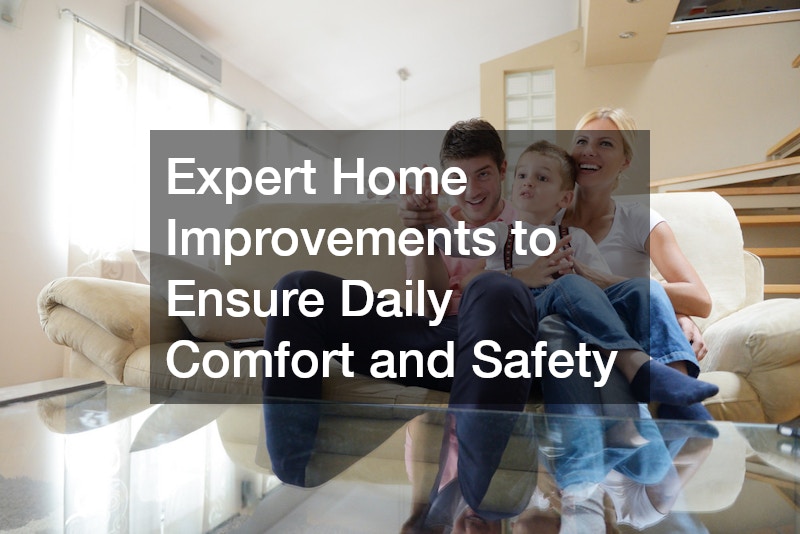In recent years, a growing number of Australians have been exploring housing alternatives that offer flexibility, efficiency and affordability. One solution that’s capturing attention across the country is portable homes. Whether you’re looking for a temporary residence, a sustainable living option or a budget-conscious dwelling, these innovative housing solutions present a compelling case.
Cost-Effective Living Without Compromise
One of the most attractive advantages of portable homes is their affordability. Traditional brick-and-mortar properties are becoming increasingly inaccessible for many Australians, particularly first-time buyers. In contrast, portable homes can be significantly cheaper to build and maintain, helping homeowners avoid the debt trap of large mortgages.
Construction costs are lower due to reduced materials, quicker build times and less labour. In most cases, off-site construction also means better quality control and fewer unexpected expenses. Furthermore, ongoing maintenance tends to be less intensive and more affordable, as the designs are typically modern, compact and efficient.
For those living in remote or rural areas, the savings can be even more substantial. Site preparation for a traditional home can be both time-consuming and expensive, whereas portable dwellings can be delivered pre-assembled or quickly constructed with minimal infrastructure.
Speed & Flexibility in Setup
Portable homes offer unmatched convenience when it comes to setup. These dwellings are typically built off-site and transported to the desired location, which dramatically shortens the construction timeline. Unlike traditional housing, which can take several months or even years to complete, a portable home may be ready for occupancy in just weeks.
This fast turnaround is particularly beneficial in emergency or transitional housing scenarios, such as during natural disasters or when temporary accommodation is needed for workers on mining or agricultural sites. Additionally, portable homes offer homeowners the flexibility to relocate or modify their setup as their needs change—something a fixed house simply can’t provide.
Whether you’re downsizing, upgrading or moving to a new area, portable homes can move with you. This flexibility is ideal for modern lifestyles, especially for retirees, digital nomads or seasonal workers who value mobility.
Sustainability & Environmental Benefits
As environmental consciousness grows in Australia, many people are seeking greener ways to live. Portable homes are an excellent option for eco-conscious individuals. Their compact design naturally encourages lower energy consumption and many come equipped with environmentally friendly features such as solar panels, water tanks and energy-efficient insulation.
Because they are often prefabricated in controlled environments, waste is significantly reduced compared to traditional building sites. Materials can be precisely measured and reused and fewer resources are wasted during the construction process. Some portable homes are even constructed using recycled or sustainable materials, reducing their carbon footprint even further.
Moreover, the smaller land impact of portable homes allows for better preservation of natural surroundings. These homes can often be installed without the need for major land alterations, which helps protect ecosystems and reduces soil degradation.
Design Innovation & Customisation
Gone are the days when portable homes were seen as plain or uninspired. Modern designs now offer a wide range of architectural styles, layouts and finishes that can rival traditional homes. Many companies provide customisation options that allow owners to tailor the home’s look, feel and functionality to suit their specific needs.
From sleek, minimalist cabins to spacious family-friendly models, there’s a portable home for virtually every taste and lifestyle. Features such as open-plan living, high ceilings and smart home technology are increasingly standard in new builds.
Interior spaces can be designed to maximise natural light and airflow, while outdoor features such as decks or pergolas can be added to enhance liveability. Whether used as a primary residence, a guesthouse or a holiday retreat, portable homes offer comfort without compromise.
Regulatory Advantages & Planning Ease
In many Australian jurisdictions, portable homes benefit from more lenient planning regulations compared to traditional builds. Depending on your local council’s rules, you may not need the same level of approval for a portable structure, especially if it’s classified as temporary.
However, it’s essential to check with local authorities before installing a portable home to ensure compliance with relevant laws and safety standards.
Ideal for Expanding Families or Rental Income
Another key benefit of portable homes is their versatility in expanding living spaces or creating secondary dwellings. Homeowners can use them as granny flats, teenage retreats, home offices or even short-term rental properties. This additional space can add both convenience and value to an existing property.
For those interested in generating extra income, renting out a portable home can be a profitable and low-risk venture. It’s a cost-effective way to diversify household income, particularly in tourist-friendly regions or areas with high rental demand.
Why Portable Homes Are a Smart Choice for Modern Living
Portable homes offer a smart, sustainable and flexible alternative to conventional housing. With advantages ranging from affordability and quick setup to customisation and environmental responsibility, they represent a forward-thinking solution to many of the challenges facing today’s property market. Whether you’re looking for your first home, a temporary solution or an addition to your current property, portable homes deliver a practical and future-ready option for modern Australian living.
.




